USA: Did the Hard Rock Stadium serve as a good F1 circuit?
source: StadiumDB.com; author: StadiumDB.com
 After much discussion, debate, and deliberation among city officials, the public, and the sport, Miami finally got to host its first Formula 1 Grand Prix around the car park of the Hard Rock Stadium.
After much discussion, debate, and deliberation among city officials, the public, and the sport, Miami finally got to host its first Formula 1 Grand Prix around the car park of the Hard Rock Stadium.
Advertisement
The event was hyped up on just about every possible platform for weeks leading up to the race weekend, helping the organisers to get nearly 250,000 people through the gates over the three days. On race day alone, 85,000 spectators crammed into the venue which is officially known as the Miami International Autodrome. Among them were diehard F1 fans, celebrities, influencers, and thousands of people who have just discovered the sport.
But despite the hype and the fancy-sounding name, some more seasoned Formula 1 followers were skeptical of the Miami Grand Prix and its location in the shadow of the Hard Rock Stadium.
These concerns were made stronger when, in the days before the race, a fake marina was constructed on the side of the circuit complete with painted-on water and some boats that were craned into place. This led some to fear that the venue was just a gimmick and that the race would be a letdown. But were these fears justified or did Miami actually live up to the hype?
Why was F1 even in Miami?
To understand why the Formula 1 circus even rocked up to hold a race around the car park of an NFL stadium, we need to put it in the context of the sport’s growth strategy.
Liberty Media, a Coloradan company that invests in sports businesses, bought F1 in 2017 and began implementing a strategy to grow F1’s audience among younger demographics and across the United States.
Ever since the inception of the Formula 1 World Championship, the sport has struggled to compete in America. Until recently, no circuit hosted races for more than a handful of years, and it was hard for Grands Prix to gain much traction among the noise of many domestic motorsports.
In recent years, this has changed dramatically. Viewing figures for F1 races on TV are up sharply, setting new records for the United States, and there was a palpable excitement across the country surrounding the conclusion of the 2021 season which saw a title-deciding race take place in Abu Dhabi.
Demand for betting on F1 races is also up sharply. Previously, it had been somewhat of an afterthought for US sportsbooks, but that has changed in recent years with almost all of them now offering a decent selection of Formula 1 markets. Most of these brands now also run regular promotions for free bets that can be used on F1 wagers, making it a more attractive prospect.
Building on this expansion, Liberty Media wants three races per year within the United States plus another in Canada. With the Grands Prix in Texas and Montreal firmly fixed on the calendar, Miami was the next target, giving the sport a presence in the east of the country. It also plans to host a race in Las Vegas from 2023 onwards.
But while there are plenty of great purpose-built circuits in the country, the sport wanted to host events that were right in the heart of population centres so help create a buzz among the general population, even among those that didn’t attend the race.
No more racing in car parks
In the 1980s, F1 held some races in the car park of the Caesars Palace casino in Las Vegas. The venue was widely criticised by just about everyone, including drivers, teams, and fans alike. After that, the sport’s officials vowed to never host a Grand Prix in a car park ever again.
That vow was broken in Miami, with at least park of the circuit running over the area where NFL fans park their cars when attending football games.
However, it’s a little unfair to just call the Miami International Autodrome a race in a car park as it has been very carefully designed to create a challenge for the drivers, exciting racing for the fans watching on TV, and an interesting spectacle for anyone at the venue.
It was designed by a team of experts who used complex computer modelling to find the optimum layout, trying to feature the Hard Rock Stadium itself while also maximising the opportunities for overtaking.
Was it a winner?
The race in Miami appears to have gone down as a success, albeit one with a few asterisks. The material used to create the surface caused drivers to struggle over the weekend as it was difficult for them to venture off the normal racing line for overtaking. There was also concern about a lack of Safer or TECPRO barriers in some sections where accidents were likely.
The race itself was certainly not boring, thanks in part to a late safety car that bunched the pack back up. It could have been better but it wasn’t a complete disappointment either.
However, it is a shame that the circuit’s designers couldn’t do more with the Hard Rock Stadium itself. It seems a bit of a shame to host the race next to it without creating any real interaction between the building and the cars, teams or fans.
In Mexico, the Grand Prix circuit flows into a baseball stadium where cheering fans get to watch drivers attempt overtakes into a tight corner.
It was reported by Sky Sports F1 that the circuit designers had hoped to do something like this in Miami but there wasn’t enough space in the building to be able to create an opening.
Even with this, they could have held the podium celebration inside the stadium or used it for other facilities during the weekend. This wasn’t to be though and it remained mostly empty for the duration of F1’s stay in Florida.
Overall, it is probably fair to suggest that the Miami Grand Prix was slightly overhyped, but this was something F1 needed to do. Even so, it wasn’t a boring processional race and it appears to have impressed many of the people that visited in person. However, from the perspective of maximising the value of the stadium, the event was a bit of a letdown.
Advertisement

 StadiumDB
StadiumDB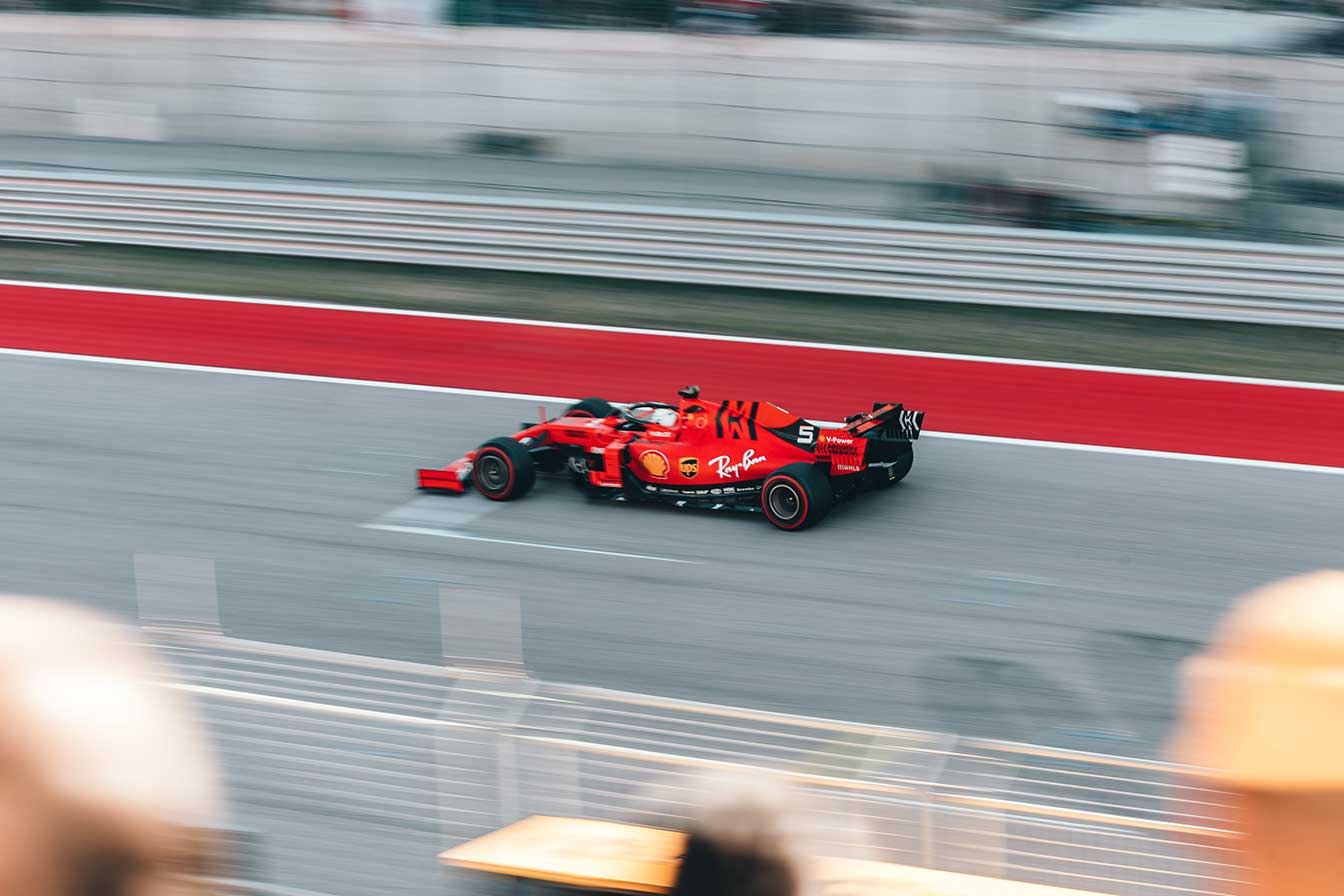 ©
© 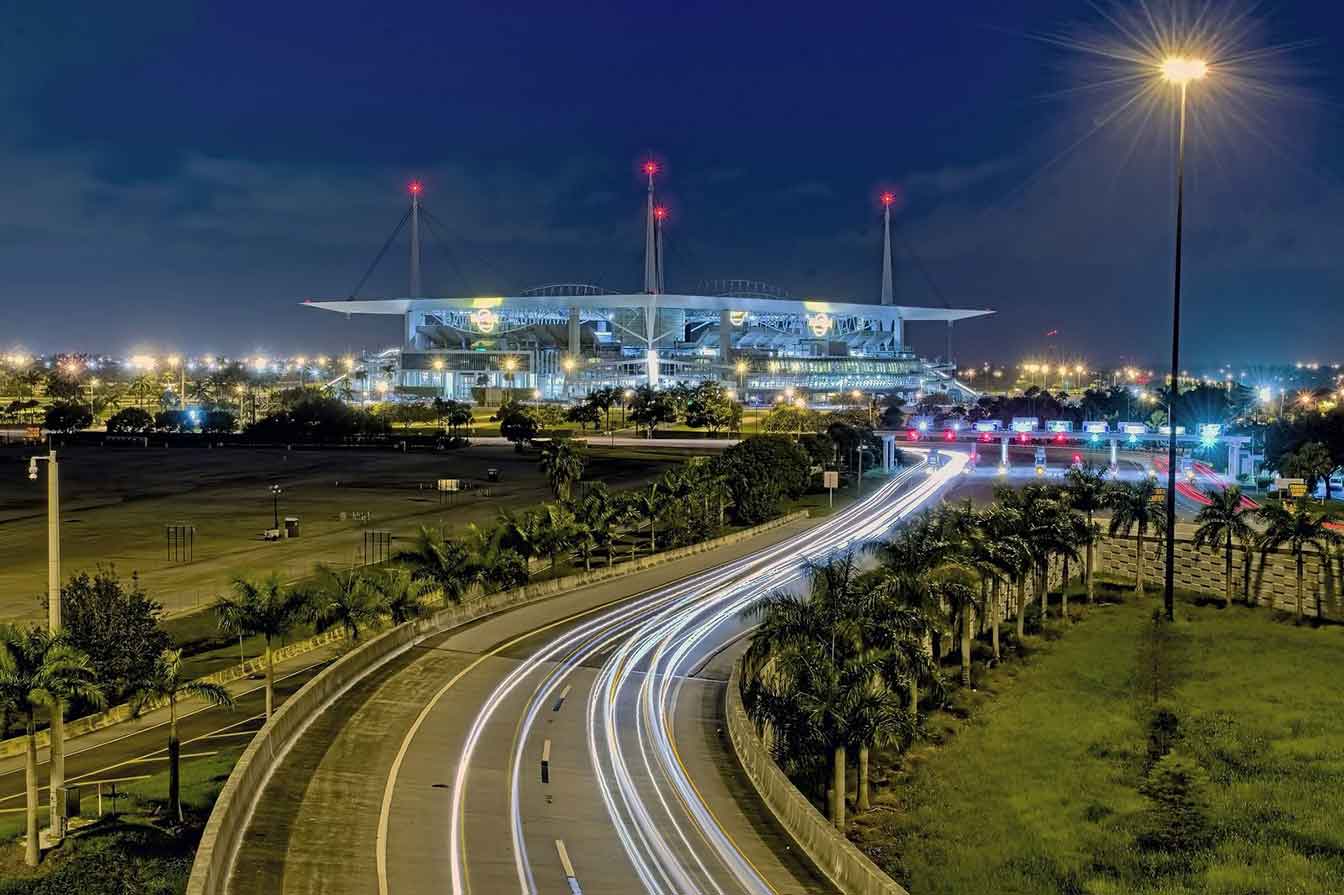 ©
© 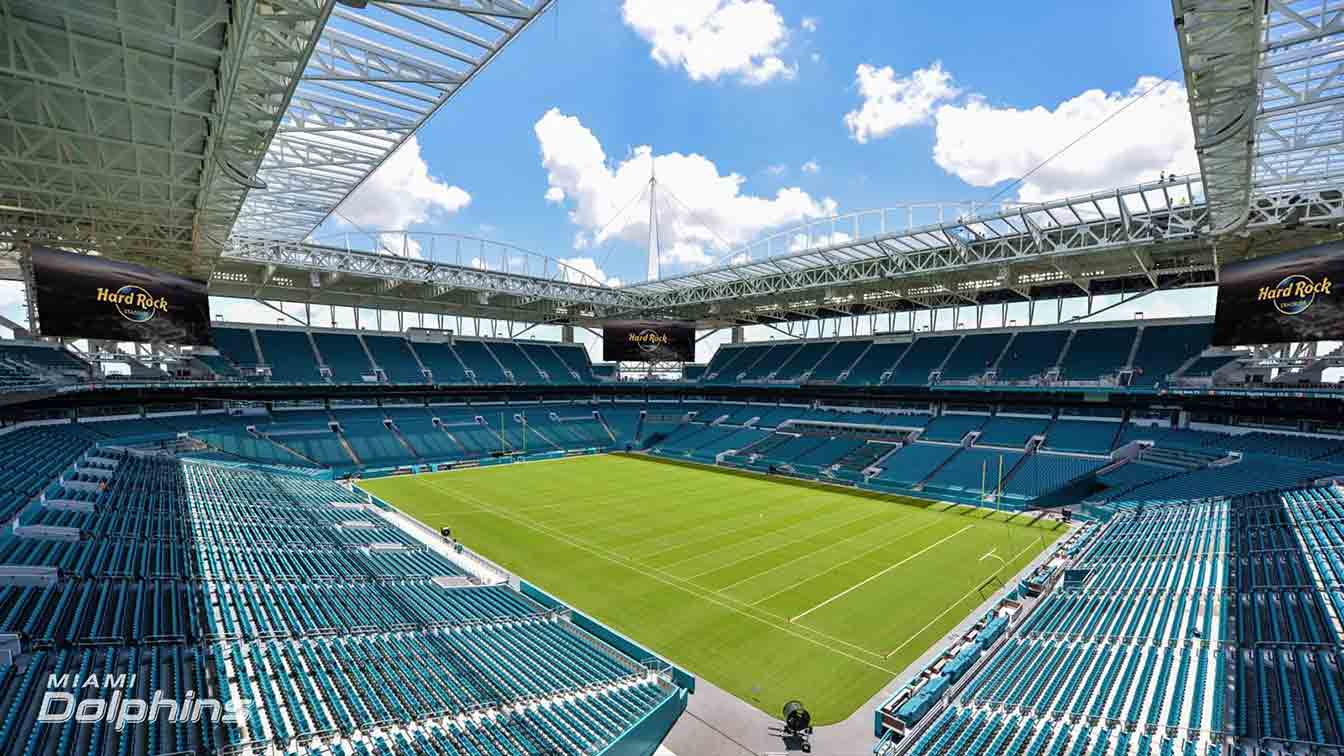 ©
© 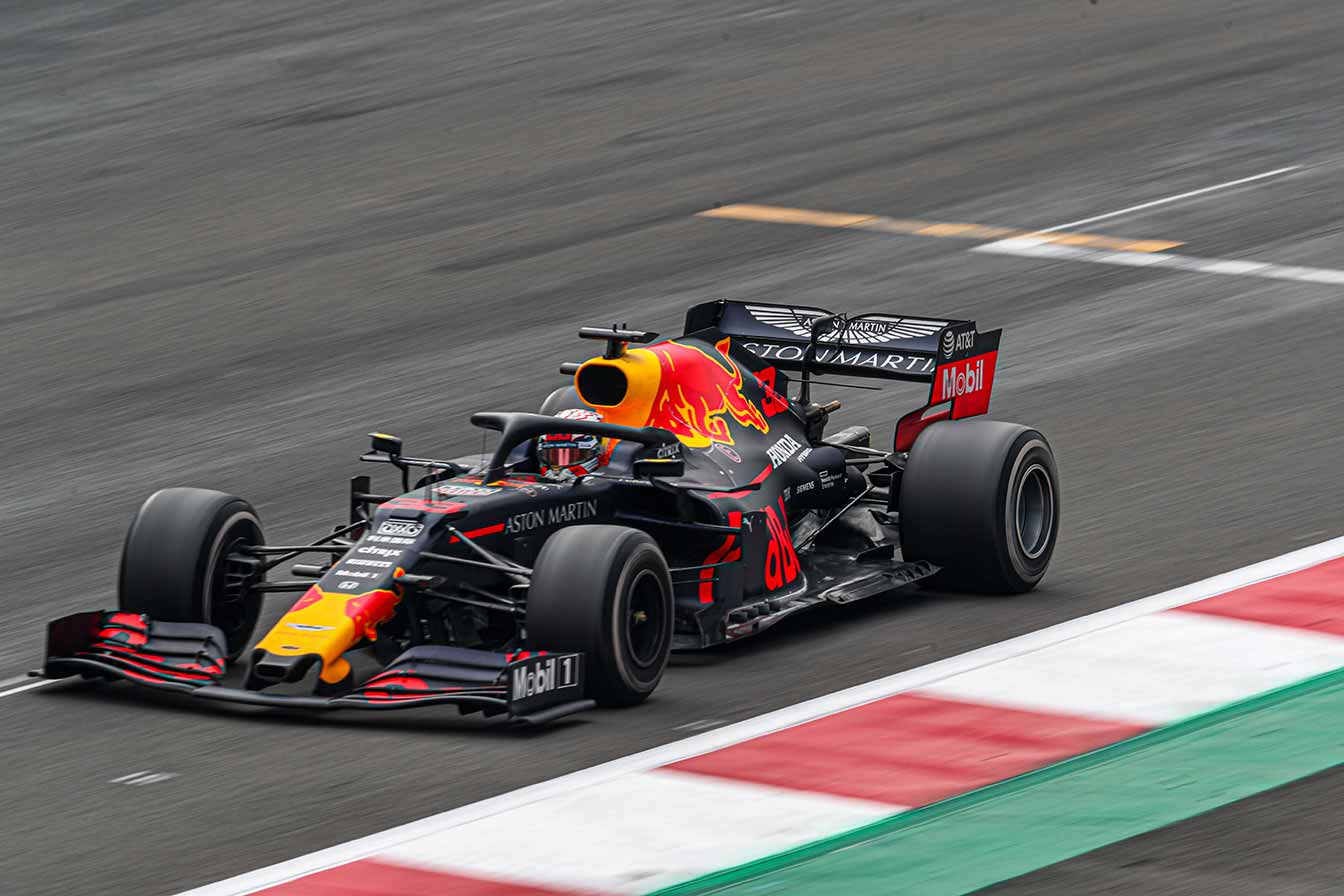 ©
© 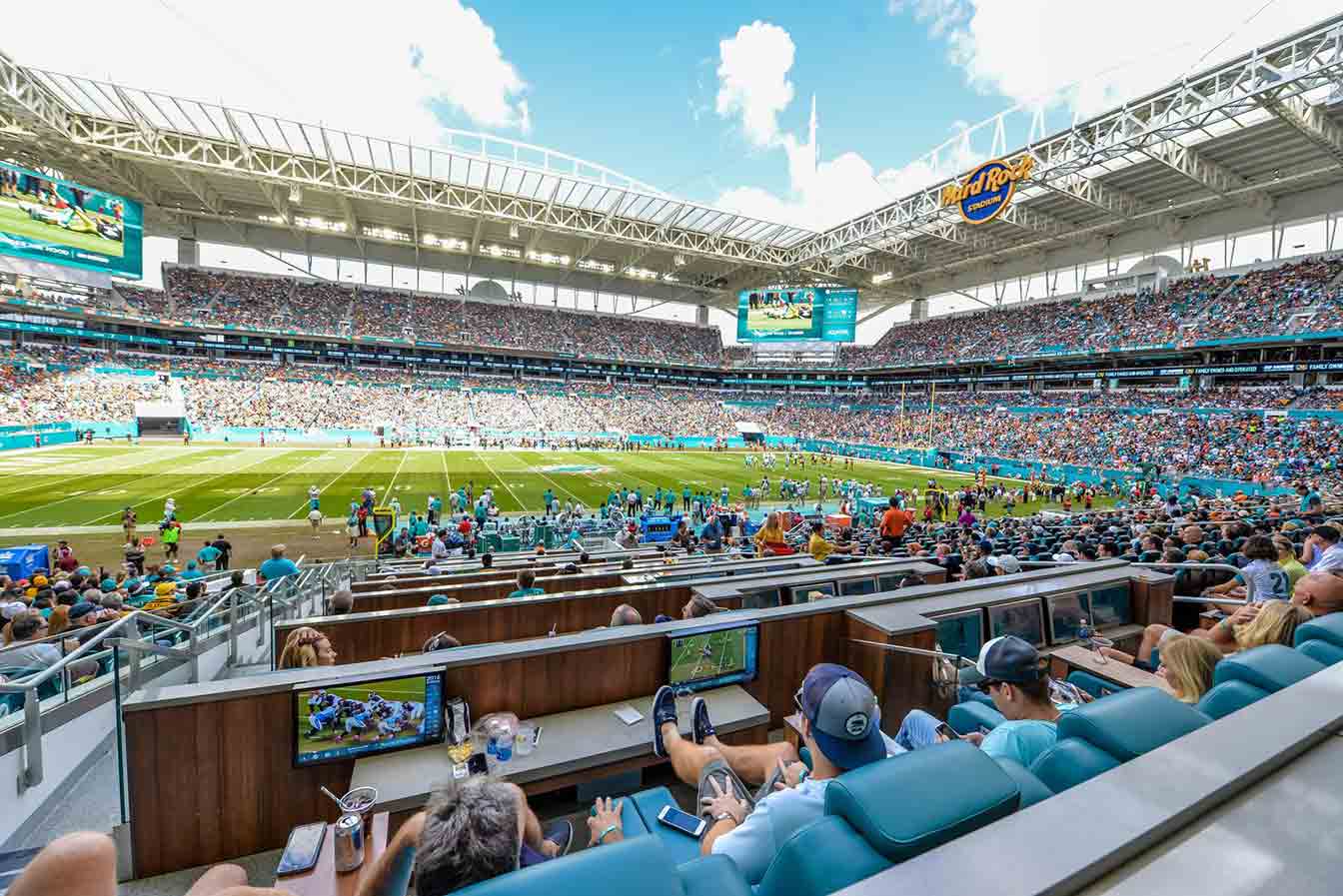 ©
© 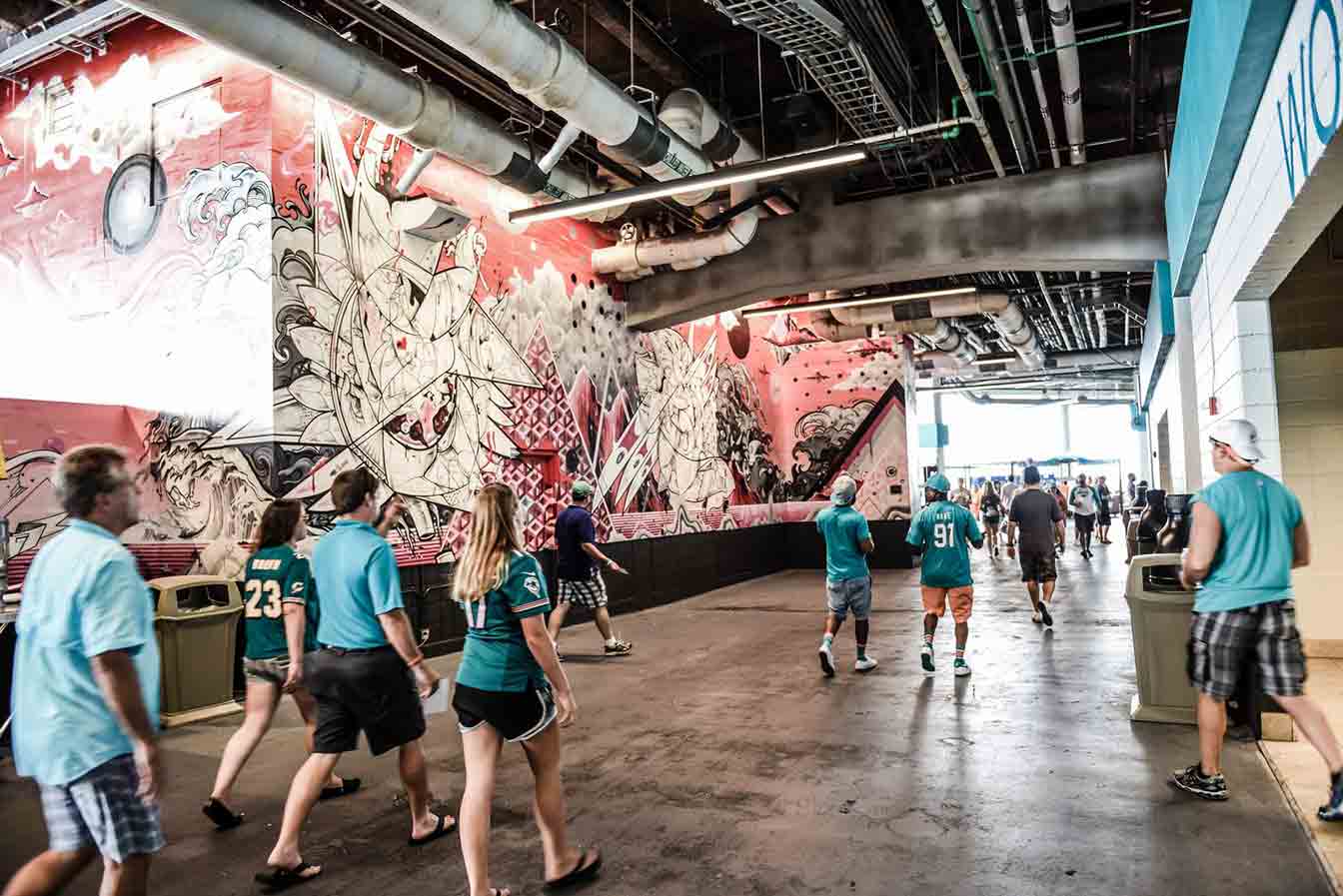 ©
©